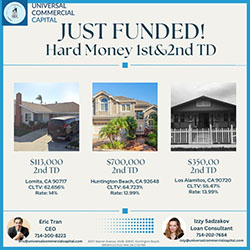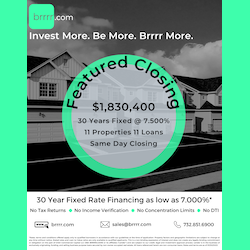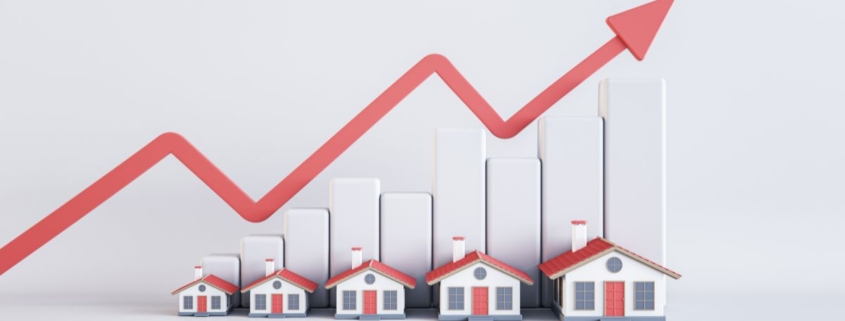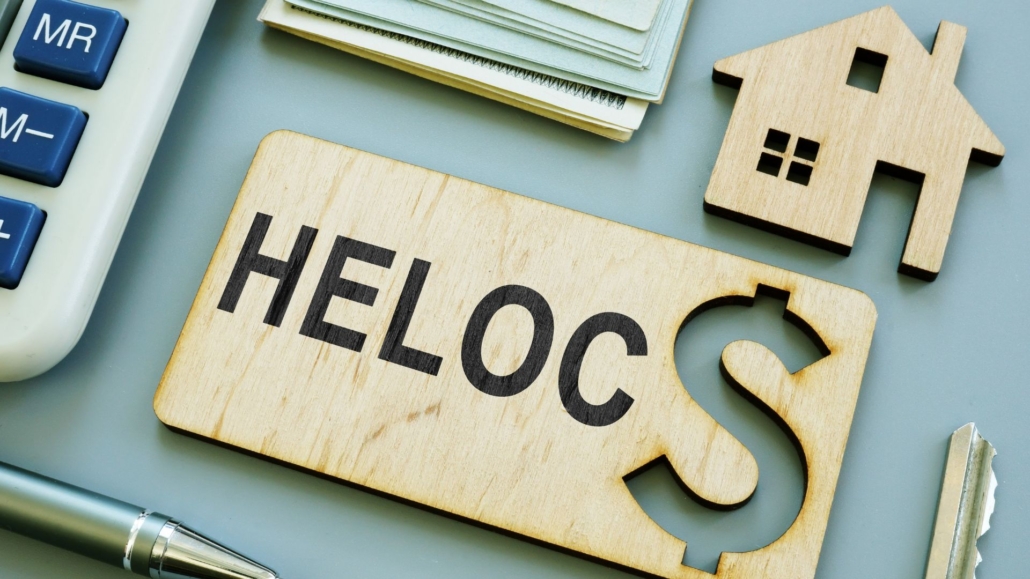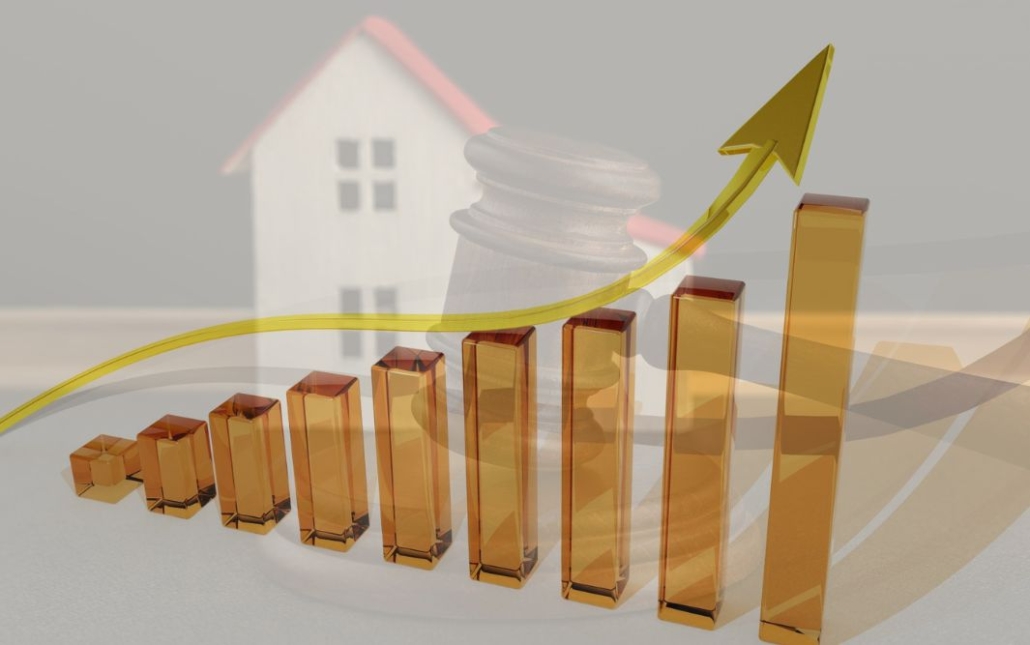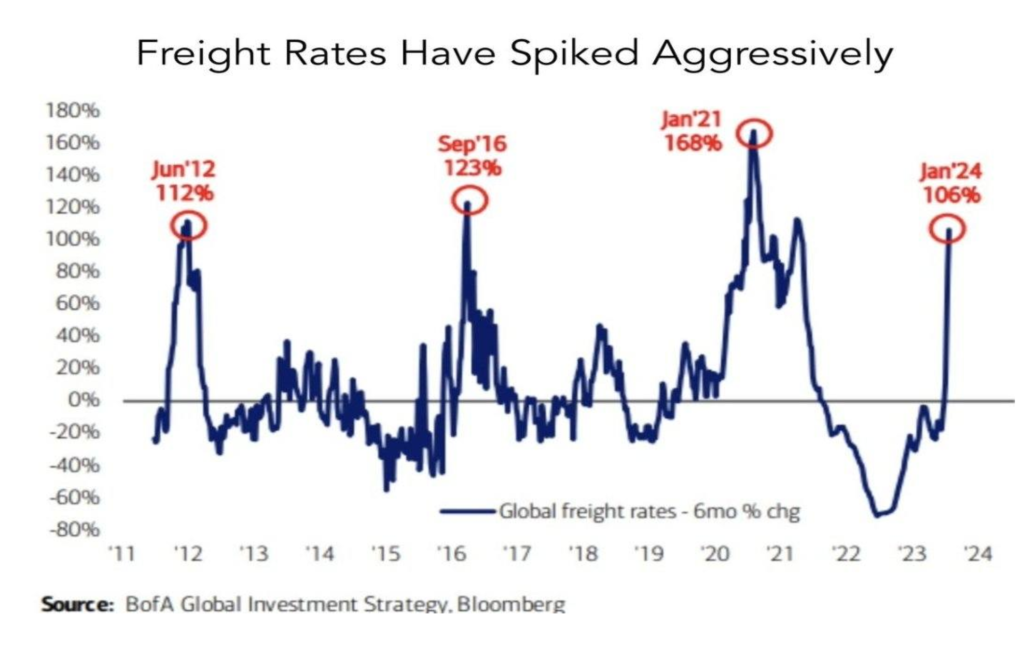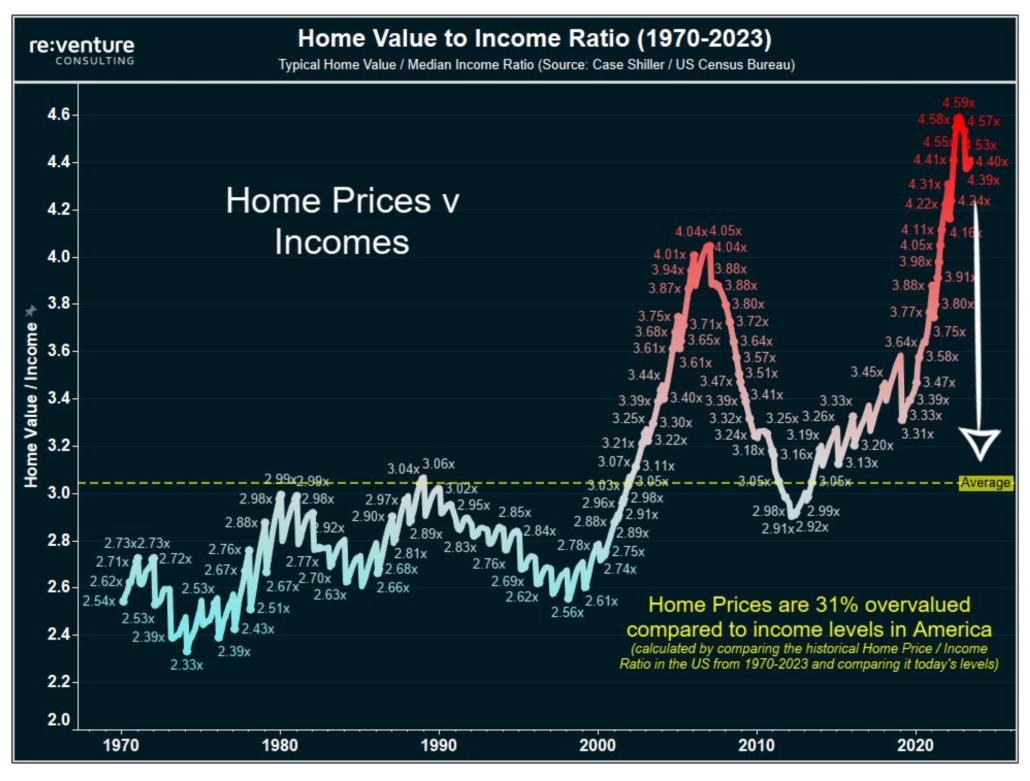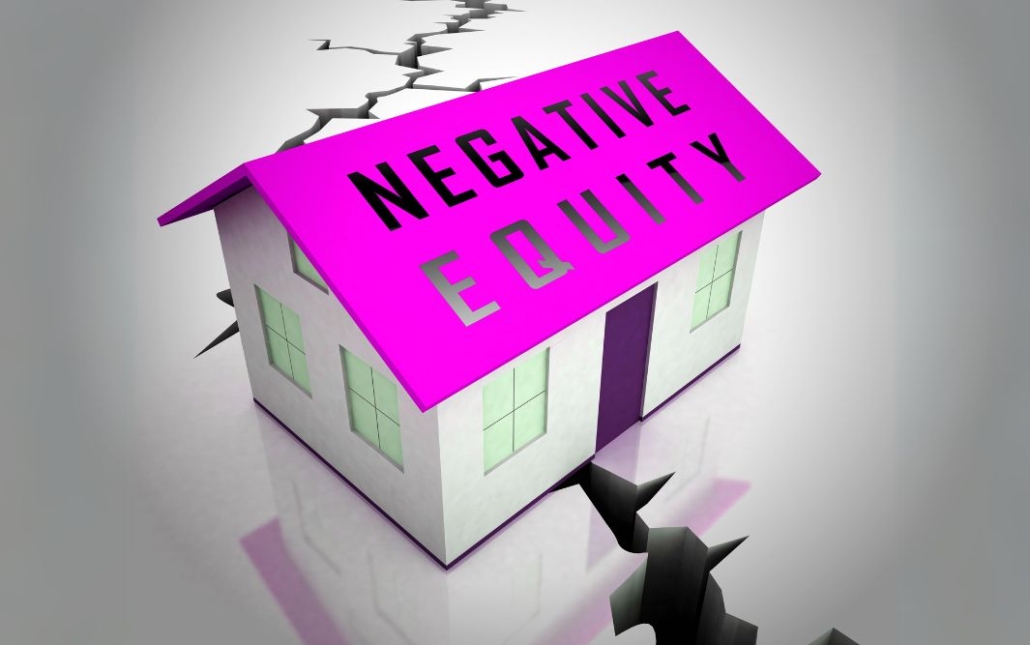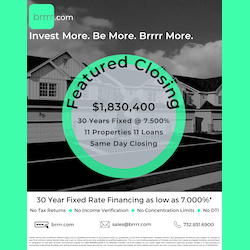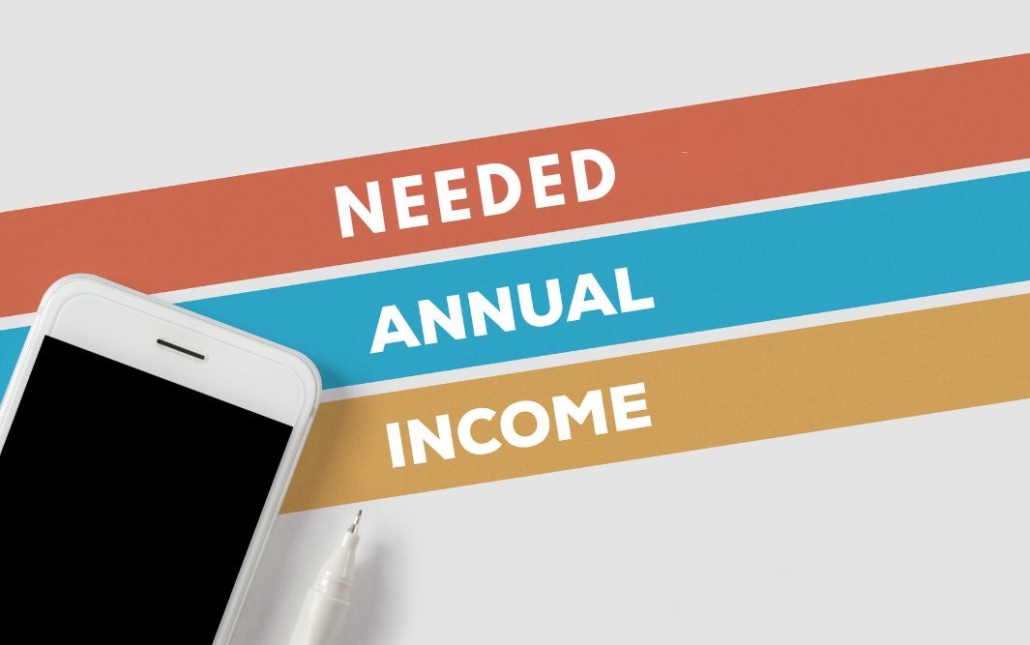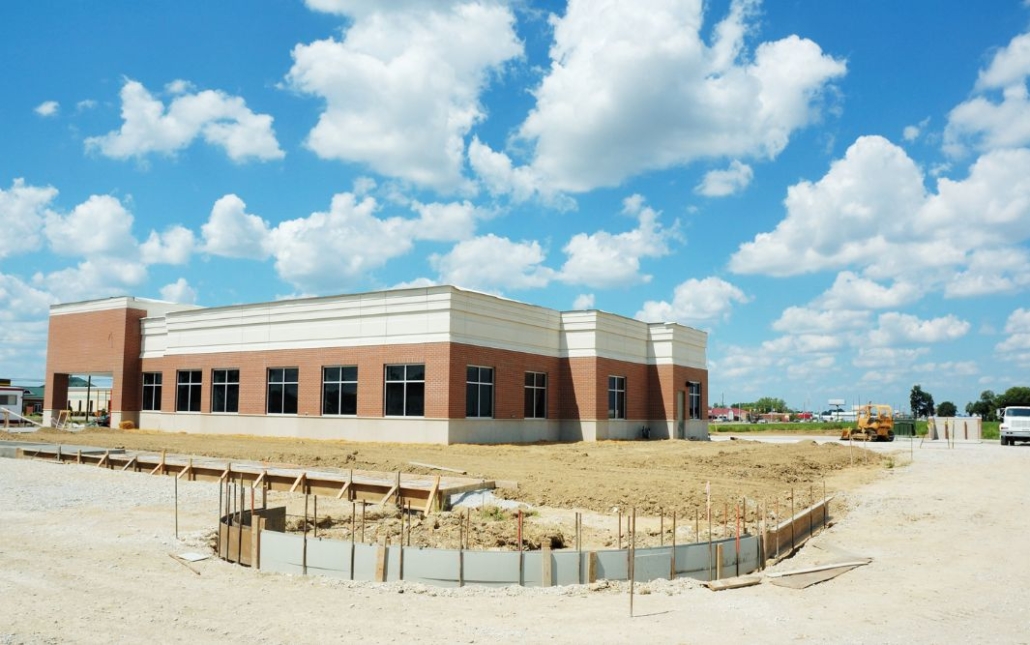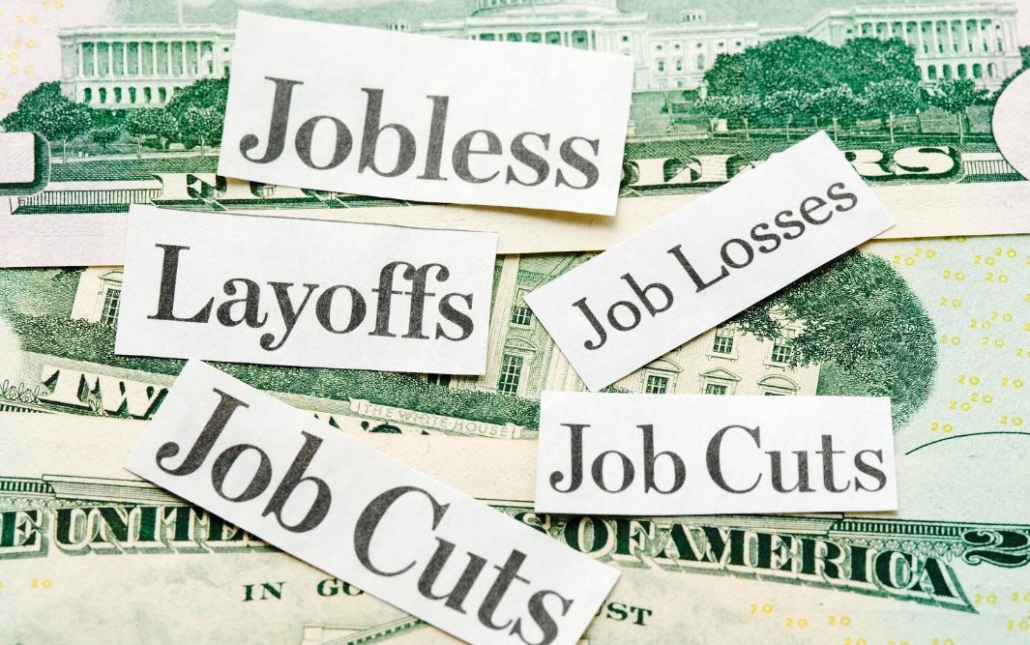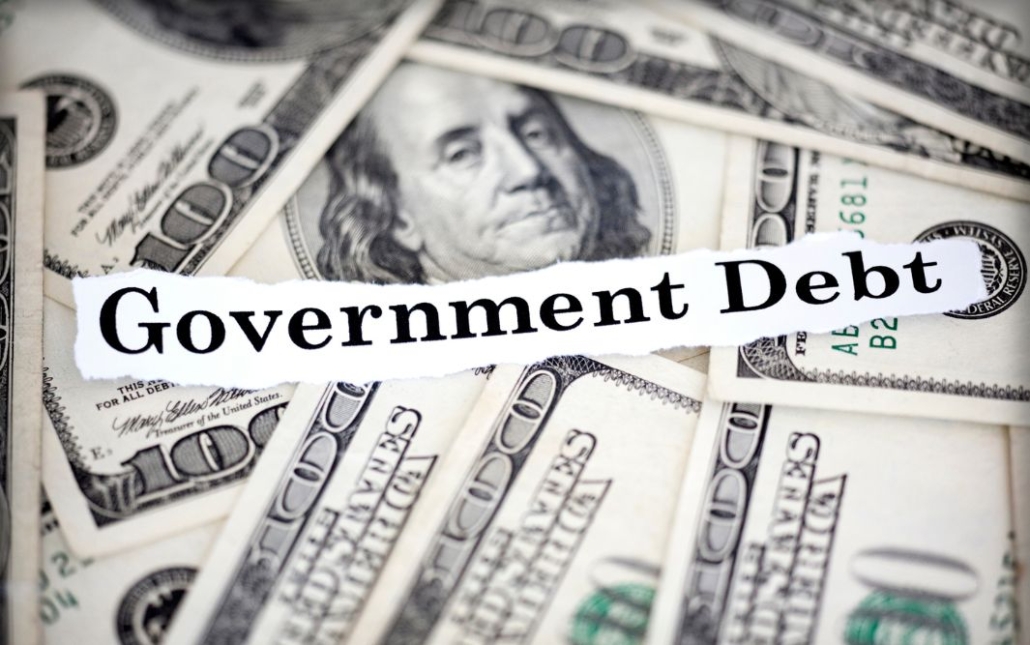Steps to Recover from the Pacific Palisades Firestorm
By Rick Tobin
I’m incredibly saddened by the firestorms in Pacific Palisades, Brentwood, Malibu, Santa Monica, Hollywood, Altadena, Pasadena, Ventura, and elsewhere that first became visible on January 7th, 2025.
The pain that I feel is much deeper for the Pacific Palisades region primarily because my two children were born there and we spent 10 years living in two different homes. Several of our family’s friends lost their homes in this fire and our family’s long-time church burned to the ground.
I’ve been fortunate to live in some nice regions in my life. However, I have always said that the Palisades was the most beautiful place where I ever lived.

As of January 13, 2025, the Los Angeles County fires have spread to over 40,000 acres with financial damage losses now reaching $150 billion. By comparison, this $150 billion damage estimate is more than THREE times the dollar amount for our nation’s all-time wildfire losses ranked #2 through #10 COMBINED.
#1. Los Angeles, CA 2025: $150 billion and growing
#2. Camp, CA 2018: $12.5 billion
#3. Tubbs, CA 2017: $11.2 billion
#4. Woolsey, CA 2018: $5.2 billion
#5. Oakland (Tunnel), CA 1991: $3.9 billion
#6. Atlas, CA 2017: $3.8 billion
#7. Maui, Hawaii 2023: $3.6 billion
#8. Glass, CA 2020: $3.6 billion
#9. CZU Complex, CA 2020: $3.1 billion
#10. Thomas, CA 2017: $2.9 billion
Sources: Kobeissi Letter, Aon, JPMorgan Chase
If the fire damage continues onward and compounds the financial losses, we might easily reach several hundred billion very soon, sadly. Please note that these are published property damage estimates and not actual insurance company losses as of yet.
The Pacific Palisades Neighborhood

Pacific Palisades is not officially a city by itself. It’s considered to be a “neighborhood” within the city of Los Angeles just like Hollywood and many other regions.
The most famous politician to ever live in Pacific Palisades was Ronald Reagan. Because the Palisades is not officially a city, they usually select well-known “honorary mayors” who may be quite famous such as the current mayor and actor named Eugene Levy. Other past honorary mayors have included Jerry Lewis, Mel Blanc, Adam West, Walter Matthau, Dom DeLuise, Chevy Chase, Rita Moreno, Bob Saget, Martin Short, Anthony Hopkins, and Billy Crystal.
Many of the hardest hit fire regions in Los Angeles County seem to be the “neighborhood or district” regions of the City of Los Angeles, which includes:
* Pacific Palisades
* Brentwood
* Mandeville Canyon
* Hollywood
* Encino
* Eaton (unincorporated L.A. County)
How will the city of Los Angeles cover these forthcoming bills from the firestorm devastation that has negatively impacted so many City of Los Angeles neighborhoods. Some of these neighborhoods may each have financial losses that far exceed the City of Los Angeles’ upcoming proposed 2024-2005 budget amount of $12.8 billion dollars.
article continues after advertisement

Home Values in Pacific Palisades
As of December 2024, here are the following home price details for the Pacific Palisades region:
* Median listing home price: $4.5 million
* Median home selling price: $3.5 million
* Median listing home price per square foot: $1,400/sq. ft.
Source: Realtor.com
Let’s review some other residential property details for the Pacific Palisades through the end of 2024:
● Total residential properties: 8,960
● Average age for single-family homes: 59 years
● Average square feet size for homes: 2,977 sq. ft.
● % of equity rich homes (Q4 ‘24): 43.64%
● % of homes seriously underwater with negative equity (Q4 ‘24): 1.66%
● Total foreclosure filings: 22
● Total commercial properties: 176
Source: ATTOM
Insurance Risks and Claims for Homeowners

Insurance costs were recently more affordable in Pacific Palisades than in 97% of U.S. postal codes when measured against home values, according to a Reuters analysis of price data collected by the University of Pennsylvania’s Wharton School and by Zillow.
Many of the homes damaged in the Pacific Palisades region were older homes in the lower part of the town near the Village. A rather large number of individuals or families might’ve purchased their homes several decades earlier for $30,000 to $75,000. Additionally, they were protected by Prop 13 to keep a very low property tax base.
For example, as it relates to a low property tax base average for many of the homes in the Palisades, the effective 2024 property tax base was just 0.71% as per ATTOM.
California Insurance Commissioner Ricardo Lara issued a cancellation moratorium against homeowner insurance companies that insure properties in Pacific Palisades and in Eaton (Altadena and Pasadena regions), which is an unincorporated Los Angeles County area, shortly after the massive fires broke out. Effectively, home insurers are not allowed to cancel insurance policies in these fire regions for up to one year (subject to change), according to ABC7 News.
In the future, homeowners insurance premiums may rapidly increase for these fire-ravaged regions as well as for much of the state of California partly to cover all of the billions of dollars’ worth of insurance losses. There’s also a serious risk that some insurance companies may not financially survive and won’t be able to pay out any funds for damaged properties.
Several insurance companies have mobile apps where you can file your damage claims. If not, you should call your insurance agent directly for assistance. Please provide as much documentation for your real and personal property damage claims such as paper or digital receipts.
Photos of these interior items and exterior photos of the home can be quite helpful for your claims. This is especially true if you made interior or exterior property upgrades since you first purchased and insured your home.
Future Rebuilding Options

It’s way too early to speculate about whether or not the Pacific Palisades, or other fire-damaged regions, will allow the exact same zoning and usage allowances for homeowners wishing to rebuild.
It’s been claimed by some in the local Los Angeles media that homeowners in the Palisades may have up to two years from the date their home was destroyed to rebuild and keep their low property tax base. However, the future zoning and usage process may take a very long time, especially if there are any building moratoriums put into place to slow down or stop the new building process.
Over the past few days, I’ve seen local and state politicians discuss the possibility of speeding up the zoning and permit process. Yet, there are numerous local, state, and federal agencies with more power than most politicians who control whether or not a home can be rebuilt, or if the zoning must be changed to higher density with two or more apartment units.
These powerful agencies or groups may include the California Coast Commission, EPA, CEQA (California Environmental Quality Act), California Fish and Game, U.S. Army Corps of Engineers, the nearby planning and zoning commission, and the local city council. The cost to build in California is quite expensive due to permits, environmental impact study fees, and numerous required third-party reports.
Some homeowners may choose to walk away from their damaged homes, sell the land to investors or developers, or wait to build it themselves. In many expensive coastal regions, the land or lot value is worth much more than the home structure. If the homeowner cannot build with their own cash and self-insure, then they should make sure that they can find insurance that is somewhat affordable or not.
article continues after advertisement

Distressed Property Situations and Solutions
In California, a distressed homeowner who qualified for a purchase money loan to buy an owner-occupied one-to-four unit property can legally walk away and the lender cannot pursue you for any financial losses unlike many other states. This rule only applies to purchase mortgages used to originally buy the property and not for subsequent cash-out refinance mortgages.
Let’s take a look below at other potential financial solutions for homeowners or landlords who own fire-damaged properties or for other negative life event situations:
* Forbearance agreements: The lender agrees to postpone or delay their foreclosure actions with the delinquent borrower. Sometimes, these foreclosure postponements may last months or several years as we’ve seen with some past FHA and VA forbearance situations.
* Deferment: The lender agrees with the borrower’s request to delay or defer their delinquent payments until a later date. In some cases, the late payments and penalties are added years later when the loan may become all due and payable.
* Loan modification: The lender or mortgage loan service company agrees to reduce the existing interest rate and/or monthly payment amount so that the mortgage is more affordable as a way to avoid foreclosure.

* Loan repayment plan: Both the lender and borrower mutually agree to add unpaid delinquent payments and late fees to the existing mortgage which may slightly increase their monthly payments or increase the loan term to give the borrower more time.
* Reinstatement: After the borrower and lender agree to modify the monthly payments to avoid foreclosure, the loan is removed from foreclosure status and reinstated in “good standing.”
* Seller-financed sales: If the homeowner needs a quick sale to a new buyer who can effectively take over his monthly mortgage payments and give the seller some much needed cash, the seller may consider creating some type of wraparound mortgage {i.e., contract for deed or all-inclusive trust deed (AITD)} or “subject-to” property transfer in which the buyer receives the deed to the property that is “subject-to” the existing mortgage still secured by the property.
* Short sale: If and when the mortgage debt is greater than the current market value for the property (aka “upside-down” mortgage), the homeowner may consider contacting an experienced local Realtor who can help negotiate a discounted mortgage payoff with the lender when they find a qualified new buyer.
* Cash for Keys: During the depths of the last major national foreclosure crisis between 2009 and 2013 especially, lenders were offering delinquent homeowners upwards of several thousand to $25,000 + to vacate the home while not damaging it or removing appliances. Quite often, the homeowner hadn’t made a mortgage payment for months or years up until this “Cash for Keys” offer. For many lenders, this cash payment to struggling homeowners was considered more affordable for the lender than fighting the homeowner for months or years longer.

* Bankruptcy: For homeowners who are days or weeks away from losing their home at the final lender auction sale, they may consider filing Chapter 7 (complete liquidation of most debts) or Chapter 13 bankruptcy (a longer term workout payment plan over two years or so) either on their own with online companies for just a few hundred dollars or with the assistance of an experienced bankruptcy attorney. The bankruptcy filing could delay the foreclosure auction date by weeks, months, or longer. Please seek quality legal assistance first.
* Foreclosures: Please note that the typical foreclosure date timeline is close to four months from start to finish. In California (a trust deed or non-judicial foreclosure state), the lender may first issue some warning letters to the delinquent mortgage borrower up to several months.
The lender will then file a Notice of Default to start the foreclosure process. Ninety (90) days later, the lender will file a Notice of Trustee’s Sale while advertising one day a week in a local legal newspaper for three consecutive weeks. If the loan hasn’t been cured or paid with some new installment or workout plan, the lender could hold the final Trustee’s Sale (or auction) approximately 120 days (4 months) after the Notice of Default was filed.
In other states that are considered judicial foreclosure states, the foreclosure timelines may be similar or much longer, depending upon the caseload for nearby local courtrooms.
Key points: If your home was damaged or destroyed, you should consider freezing your credit for free with the three main credit bureaus at Experian, TransUnion, and Equifax. Due to increased identity theft risks, you might also change your passwords for your bank, investment, and pension accounts. If your utilities are no longer needed, please contact each utility company to cancel the service and save money.
Please check with your legal and tax advisors before making any decisions.
Stay Focused on Solutions, Not Obstacles

Death, divorce, financial ruin, and/or losing one’s home are some of the most painful experiences in life that many of us have suffered and eventually endured.
The most common first reaction to horrific situations for most people is denial. It’s somewhat of a variation of the “fight, flight, or freeze” response that may hurt us more than help us. Many times, a person may freeze up and not be able to clearly focus on how to get through their negative experience.
In the well-known Five Stages Of Grief description about emotional reactions to traumatic and painful experiences that was first written by Elizabeth Kübler-Ross and David Kessler about the fear of death, the five stages are described as:
● Denial
● Anger
● Bargaining
● Depression
● Acceptance
What we avoid in life controls us, so we must attack the negative situation head-on for the pain and fear to dissipate. The faster that you get through the first four states of grief, the faster that you will get to the “Acceptance” stage and find the most empowering solutions.
Best wishes for continued healing and new opportunities for solutions should you currently be in any type of negative situation like so many of my former neighbors in Pacific Palisades.

Rick Tobin
Rick Tobin has worked in the real estate, financial, investment, and writing fields for the past 30+ years. He’s held eight (8) different real estate, securities, and mortgage brokerage licenses to date and is a graduate of the University of Southern California. He provides creative residential and commercial mortgage solutions for clients across the nation. He’s also written college textbooks and real estate licensing courses in most states for the two largest real estate publishers in the nation; the oldest real estate school in California; and the first online real estate school in California. Please visit his website at Realloans.com for financing options and his new investment group at So-Cal Real Estate Investors for more details.
Learn live and in real-time with Realty411. Be sure to register for our next virtual and in-person events. For all the details, please visit Realty411.com or our Eventbrite landing page, CLICK HERE.






